By Shirley Jones
Why is it easy to understand the difference between 13 and 30 when you read them, but it’s difficult when you hear them?
How often do you ask ‘is that three zero, or one three?’ Or ‘just send me an email’?
Have you noticed that in English some things about numbers are very different compared to your language? For example, how you say large numbers, or prices, or dates?
If you’re like the people I teach, you’ve probably had similar problems, no matter what your level of English.
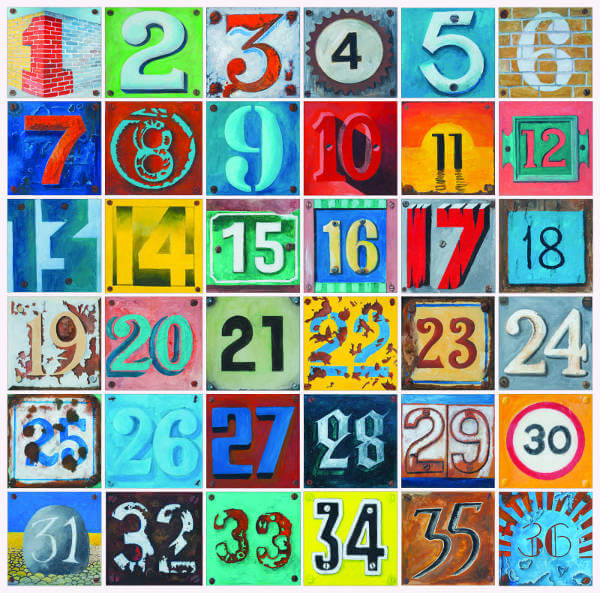
This article will explain the biggest problems with using and understanding numbers in English, and how you can avoid and correct them.
So why do numbers matter?
Numbers are an essential part of our lives – negotiating a price, checking dates and times for a meeting, writing down a telephone number – just to mention a few examples.
It’s not hard to imagine how situations like these could lead to disaster…
You arrive late at the airport to hear the final announcement for your flight
“Would remaining passengers please report immediately to gate fifteen” (15)
You understand fifty (50) and you miss your flight.
You see a handbag for $10,000 and think you are getting an amazing bargain for $10.00. There will be a nasty shock when the credit card bill arrives!
You are invited to a party on 2/3. You arrive a month late.
Was that February, 3rd (month, day) or the 2nd of March (day, month)?
You should have checked if your host was American or British!
Hopefully you have never been in any of these situations. But how did they happen?
The 5 problems
Learners typically have 5 main difficulties with numbers in English:
- Pronouncing and understanding spoken numbers
- How to use the thousand separator and the decimal point
- Where to say ‘and’ in numbers
- Saying decimals and prices correctly
- The date
Now let’s look at each topic, so you will understand and eliminate each problem.
—
Part 1: Saying and understanding spoken numbers
The first difficulty we all experience when learning numbers in a foreign language is to make a visual link between the number and the sounds we hear in words.
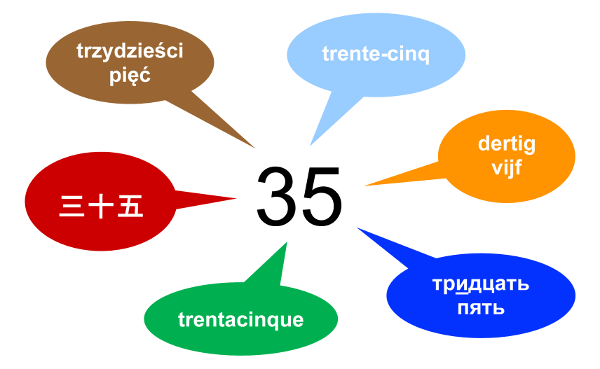
When we are growing up, our brains connect the sounds of our native language with numeric symbols such as 1, 2, 3, etc. It can be very difficult to link familiar numeric symbols with unfamiliar words, particularly when the individual sounds do not exist in your own language.
Let’s try a quick test with two numbers you might find particularly difficult to distinguish between – 40 and 30. Can you hear the difference?
Many people find it difficult to hear the difference between these two numbers. Let me explain why.
Sounds ‘aw’ and ‘er’
Try to make these two sounds. Pay special attention to the shape of your mouth and the position of your lips
‘aw’ like…
 | horse |
‘er’ like…
 | bird |
In some languages (for example Italian) these two sounds don’t exist, and so it is difficult to distinguish between them.
Now let’s look again at those two numbers. Do you notice what they have in common with horse and bird? That’s right – they contain the same sounds.
| 40 | forty |
and
| 30 | thirty |
Say these two numbers aloud a few times and focus on hearing the difference.
Was that ‘t’, ‘f’ or ‘th’?
Hearing the difference between these 3 sounds can be hard for non-native English speakers:
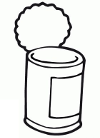 | tin | |
 | thin | |
 | fin |
This is particularly true for the sound ‘th’, because it might not exist in your language.
Now let’s have a look at some numbers with the same sounds:
| 10 | ten | |
| 4 | four | |
| 3 | three (not tree or free) |
Learners often pronounce three, thirteen, thirty, thousand in the same way as ten – with a ‘t’ or an ‘f’ sound at the beginning instead of a ‘th’ sound.

Now that you have practised the sounds ‘aw’, ‘th’ and ‘er’, listen again to those two numbers:
Is it easier now to hear the difference between forty (40) and thirty (30)?
Stress!
You should not be stressed about numbers in English – but you do need to know where to put the stress.
In a word that has two or more syllables, one syllable always has more emphasis or stress. Here are a couple of examples:
| ■ □ | □ ■ | |
| STUdent NUMber | PreFER PerCENT |
Now look at these pairs of numbers:
| ■ □ | □ ■ | |
| 30 THIRty 40 FORty | 13 thirTEEN 14 fourTEEN |
As you can see, where you put the stress communicates a lot of meaning.
Tip: make a note of the numbers or pairs of numbers that you find difficult e.g. 40 vs. 30, 15 vs. 50, 6 vs. 7. Do they have sounds that don’t exist in your language?
A very good way to improve your listening skills is to ask your teacher or another proficient English speaker to dictate some numbers to you. e.g. telephone numbers, street addresses, credit card numbers etc.
—
Part 2: Thousand separator vs. decimal point
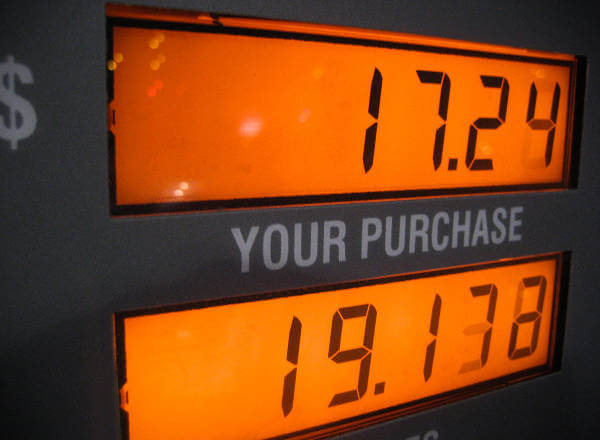
How do you say this price?
$10,000
If you said ten dollars, don’t worry – it’s a very common mistake!
The correct answer is ten thousand dollars.
The correct way to write ten dollars is like this:
$10.00
The confusion is caused by the thousand separator (,) and the decimal point (.) which are used in the opposite way in many languages.
Thousand separator
To make numbers easier to read, numbers can be divided into groups using a ‘thousand separator’. The thousand separator is used to separate groups of hundreds, thousands and millions.
In English-speaking countries, a comma (,) is used:
1,000 one thousand
10,000 ten thousand
100,000 one hundred thousand
1,000,000 one million
1,000,000,000 one billion
In other languages, a comma (in Italian for example) or a space (in French for example) is used:
1.000 or 1 000
Decimal point
A decimal point separates the whole number on the left from the part on the right that is less than 1.
In English-speaking countries, the decimal is represented with the symbol (.)
1.5 one point five
10.7 ten point seven
In other countries, the decimal point is represented with a comma (,)
1,5
10,7
Point, dot, full-stop or period?

They all use the symbol (.) but the word you use depends on the situation.
We use point for numbers:
15.2 fifteen point two
But the same symbol changes name when it is used with letters and is called dot. For example, with email addresses or website addresses:
[email protected] = jane dot doe at xyzcorp dot com
xyzcorp.com = xyzcorp dot com
When it is used at the end of a sentence it is called a full-stop (British English) or a period (American English).
Tip: if you work or study in an international environment, it is very important to check the standard format used for numbers. For example, if you work for an American company in Milan, company documents will probably use the English-speaking format. Computer programs, for example Microsoft Excel, automatically format numbers according to the regional settings of your computer, which you can adjust under ‘system preferences’.
—
Part 3: ‘And’ in numbers
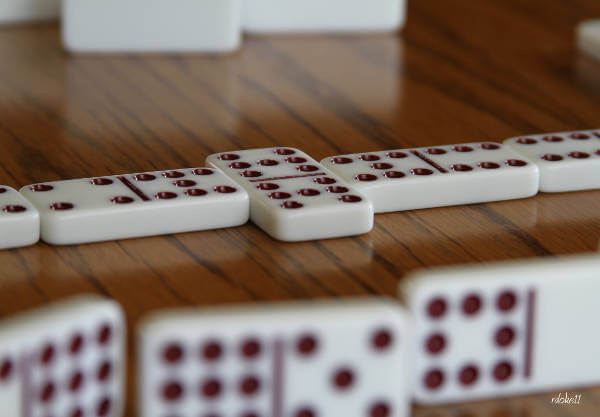
Have you ever felt confused about where to say AND in numbers? You are most certainly not alone!
1 , 0 0 0 thousands
1 0 0 hundreds
▼1 0 tens
1 units
▼ where to say ‘and’
There are 3 important points you should know about AND in numbers:
- AND is only used in numbers above 100:
1▼10 one hundred AND ten
- AND is used after the first digit in every group of 3 numbers (hundreds) that contain tens or units:
1▼55 one hundred AND fifty-five
3▼01 three hundred AND one - For large numbers, say AND in every group of 3 numbers after the first digit. Don’t say ‘and’ to represent the thousand separator:
1,5▼50 one thousand five hundred AND fifty
1,5▼05 one thousand five hundred AND five
7▼26,9▼03 seven hundred AND twenty-six thousand, nine hundred AND three
2,9▼02,3▼47 two million, nine hundred AND two thousand, three hundred AND forty-seven
Now look at these numbers. What do you notice?
1,500 one thousand, five hundred
700,100 seven hundred thousand, one hundred
There is no AND! Do you know why?
It’s because these numbers have no tens or units. Also, don’t say ‘and’ for the thousand separator.
Tip: remember that AND is used in every group of three numbers that contains tens or units. To help you visualise this, AND is a link between the hundreds and the tens or units.
You might occasionally hear native speakers omitting AND in numbers. However, to many people, it sounds wrong. The correct use of AND in numbers is an international standard.
—
Part 4: Saying prices and decimals
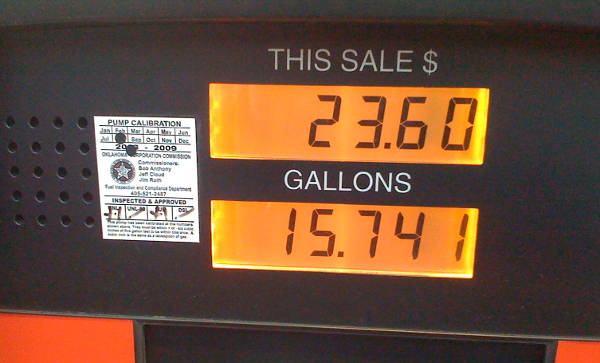
Probably the most difficult area for my students to get right is to distinguish between decimals and prices.
12.673% (a decimal)
$35.67 (a price)
The first thing to know – prices are decimals.
First we’ll look at decimals and then prices.
As we have already seen, the decimal point (.) separates the whole number on the left from the part on the right that is less than 1.
However, there are some important differences between the way we say a decimal and the way we say a price.
Decimals
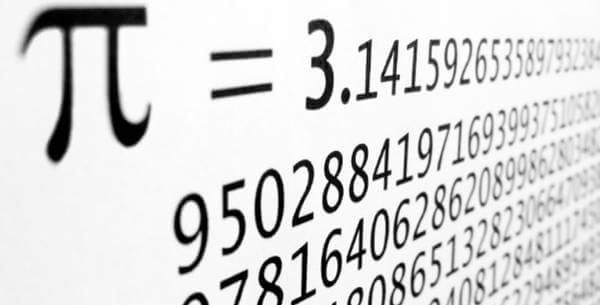
First, let’s take a look at decimals. How would you say this number?
12.673
a. twelve point six hundred and seventy-three
b. twelve and six hundred and seventy-three
c. twelve point six seven three
d. twelve dot six hundred and seventy-three
If you chose a, b, or d – you would be making a very common mistake, but the correct answer is c.
To read decimals correctly follow these steps:
| 1. Say the complete number before the decimal point | twelve |
| 2. For the decimal, say ‘point’ (not ‘dot’) | point |
| 3. Read the number on the right after the decimal point as single digits (not six hundred and seventy-three) | six seven three |
| 4. If you need to say what you are measuring, say it at the end, e.g. %, ml, kg, etc. |
Prices

Now try this price:
$35.67
Do you say:
a. thirty-five dollar and sixty-seven cent
b. thirty-five dollars point sixty-seven cents
c. dollar thirty-five six seven cents
d. thirty-five dollars sixty-seven
If you chose answer d. congratulations!
If not, don’t worry, let’s break it down into steps and try again.
Follow these 4 steps to say a price correctly in English:
| 1. Say the complete number on the left before the decimal point | thirty-five |
| 2. Next, say the currency. If more than 1, the currency is usually plural | dollarS |
| 3. Don’t say the decimal point. Don’t say ‘and’ | |
| 4. Say the complete number on the right after the decimal (this is different from a normal decimal number). You don’t need to say cents or pence, etc. | sixty-seven |
Let’s try another price…
€146.90
| 1. Say the complete number on the left before the decimal point | one hundred AND forty six |
| 2. Next, say the currency | euroS |
| 3. Don’t say the decimal point. Don’t say ‘and’ | |
| 4. Say the complete number on the right after the decimal | ninety |
Simplified numbers
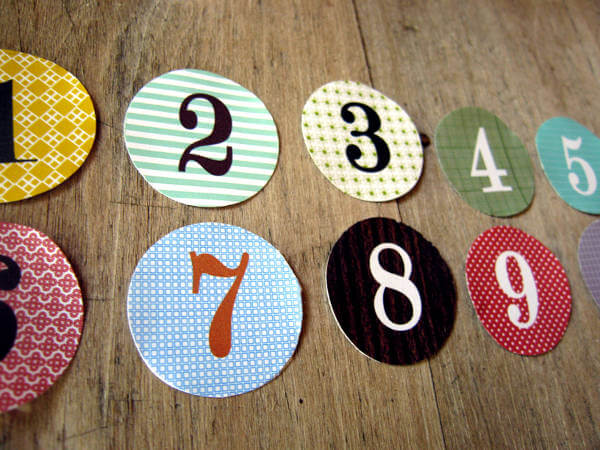
In presentations and news reports, instead of a number like this: $35,643,782 you will often see it written like this:
$35.6 m (thirty-five point six million dollars)
When an exact number is not necessary, we can simplify it or round it to 2 or 3 significant numbers.
Do you notice something about this simplified number?
$35.6 m
The thousand separator (,) in the long number has become a decimal (.) in the simplified number.
We also say the currency at the end.
Thirty-five point six million dollars
This is because .6m represents part of the whole number and is not a decimal (the part that is less than 1).
Review

Make sure you understand the 6 key differences between the way we read decimals and prices:
- For decimals, say ‘point’. For prices say nothing. Never say ‘and’ to represent the decimal:
3.5 three point five
£3.50 three pounds fifty - For decimals, say complete numbers before the decimal point (.) and single numbers after. For prices, say complete numbers both before and after the decimal:
42.655 forty-two point six five five
$42.65 forty-two dollars sixty five - For decimals, we say what we are measuring at the end. For prices, we say the currency after the first number:
42.6% forty-two point six percent
$42.65 forty-two dollars sixty five - For prices, if the number before the (.) is more than 1, the currency is usually plural:
$5.50 five dollarS fifty.
But note, some currencies are never plural e.g. Yen, Rand, Real, Pence
- Remember the difference between the thousand separator (,) and the decimal point(.)
- …and finally, don’t forget when you need to say AND in the numbers.
That’s a lot to remember – so let’s try a quick quiz (with answers!) to review the key points about prices, decimals and simplified numbers.
How do you read these numbers?
- $78.40
- €399.60
- ¥10,000
- $6,152.75
- $142,523
- 89.223%
- €678.8 m
(And here are the answers: 1. seventy-eight dollars forty 2. three hundred AND ninety-nine euros sixty 3. ten thousand yen 4. six thousand one hundred AND fifty-two dollars seventy-five 5. one hundred AND forty-two thousand, five hundred AND twenty-three dollars 6. eighty-nine point two two three percent 7. six hundred AND seventy-eight point eight million euros)
—
Part 5: The date
The problems with dates in English is not only that we say and write them differently, but the way we say and write them also depends on where we are in the world!

Days and dates
Do you know the difference between cardinal and ordinal numbers?
Cardinal numbers show quantity, whereas ordinal numbers show the position in a series:
| There are three boxes | □ □ □ | |
| The first box is black | ■ □ □ |
So what does this have to do with dates?
In many languages, cardinal numbers (1, 2, 3) are used for dates. In English, we use ordinal numbers (first, second, third):
His birthday is on the 3rd (third) of September
not
3 (three) September
The first three ordinal numbers have special names:
1 – First
2 – Second
3 – Third
For all other ordinal numbers, we add a ‘th‘ sound:
4 – Fourth
6 – Sixth
For multiples of ten (20, 30, etc.), we remove y and add -ieth:
20 – Twenty = Twentieth
30 – Thirty = Thirtieth
Remember after 20, we say:
22 – twenty second, not twenty-twoth!
Years

In English, we normally read years in pairs of numbers. Do not say ‘and’. For zero, we often say ‘oh’ (like the letter O):
| 1987 | Nineteen | eighty-seven |
| 1709 | Seventeen | oh-nine |
| 1800 | Eighteen | hundred |
We don’t usually read years in thousands (unlike many other languages).
The exception (in English there’s always an exception!) is the years after the millennium to 2009. When the year is read in thousands, include AND:
| 2000 | Two thousand |
| 2002 | Two thousand AND two |
However, from 2010 onwards, most people return to pairs of numbers:
| 2019 | Twenty | nineteen |
American or British?
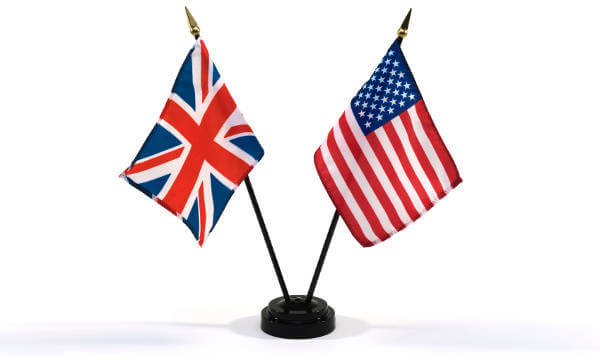
Imagine you receive an email from abroad. “Let’s meet 5/6/19”.
You might wonder – is that the 5th of June or the 6th of May? An important question, I am sure you would agree.
Well, the answer depends on who you are talking to.
Your American friend says the month and then the day, so 5/6 is May, 6th.
On the other hand your British friend says the day and then the month, so 5/6 is 5th of June.
You may see the date written in the following ways:
American format:
September, 3 2018
September, 3rd 2018
09/03/2018
British format:
3 September 2018
3rd September 2018
03/09/2018
Now, let’s try a quiz! How would you say these dates?
- 25/11/18 (British Format)
- 03/02/16 (American Format)
- 04/05/02 (British format)
- 04/05/10 (American format)
And the answers:
- The twenty-fifth of November, twenty eighteen
- March the second, twenty sixteen
- The fourth of May, two thousand AND two
- April the fifth, twenty ten.
Tip: always check that you’ve understood the date correctly.
For example:
Alex: So that meeting is on 2/3 – you mean the 2nd of March, right?
Jo: No – February the 3rd.
Alex: Phew, I am VERY glad I checked!
—
In summary
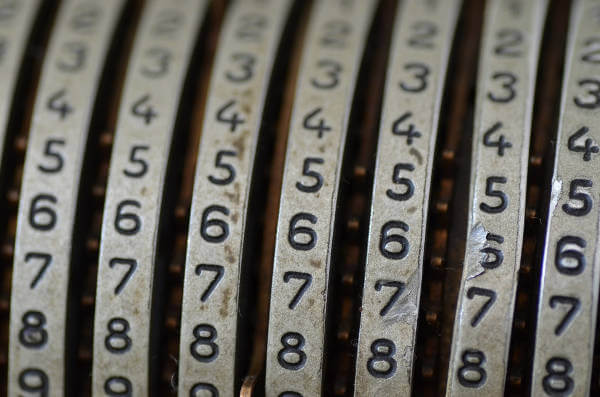
So those are the 5 most common problems with numbers in English. Here is a summary of the most important pitfalls to avoid:
- Focus on the sounds in numbers that don’t exist in your own language (e.g. ‘aw’, ‘er’ and ‘th’). Practise them regularly until you get them right.
- Understand the importance of word stress. With numbers, the position of the stress can sometimes completely change the meaning of the word.
- Are the thousand separator (,) and the decimal point (.) used differently in your language?
- Learn where to say AND in numbers.
- Note the different ways we read prices and decimals.
- Remember to use ordinal numbers for dates.
- Always check if the date is in American format (month, day) or British format (day, month).
Conclusion
The key to confidence with numbers in English is to practise using them as often as possible.
Make a note of the numbers you find particularly difficult, and practise saying them with your teacher or another proficient English speaker. After a few weeks, you will notice a difference.
In some situations, a number may be the most important part of your conversation – for example a date, a time, a telephone number, a price. If you are unsure, it’s always a good idea to repeat back to check you’ve understood correctly, or even write it down.
Have you had any problems with numbers in English? Which numbers cause you the most problems? Was there anything in the article that you need explained more?
Let us know in the comments below!
